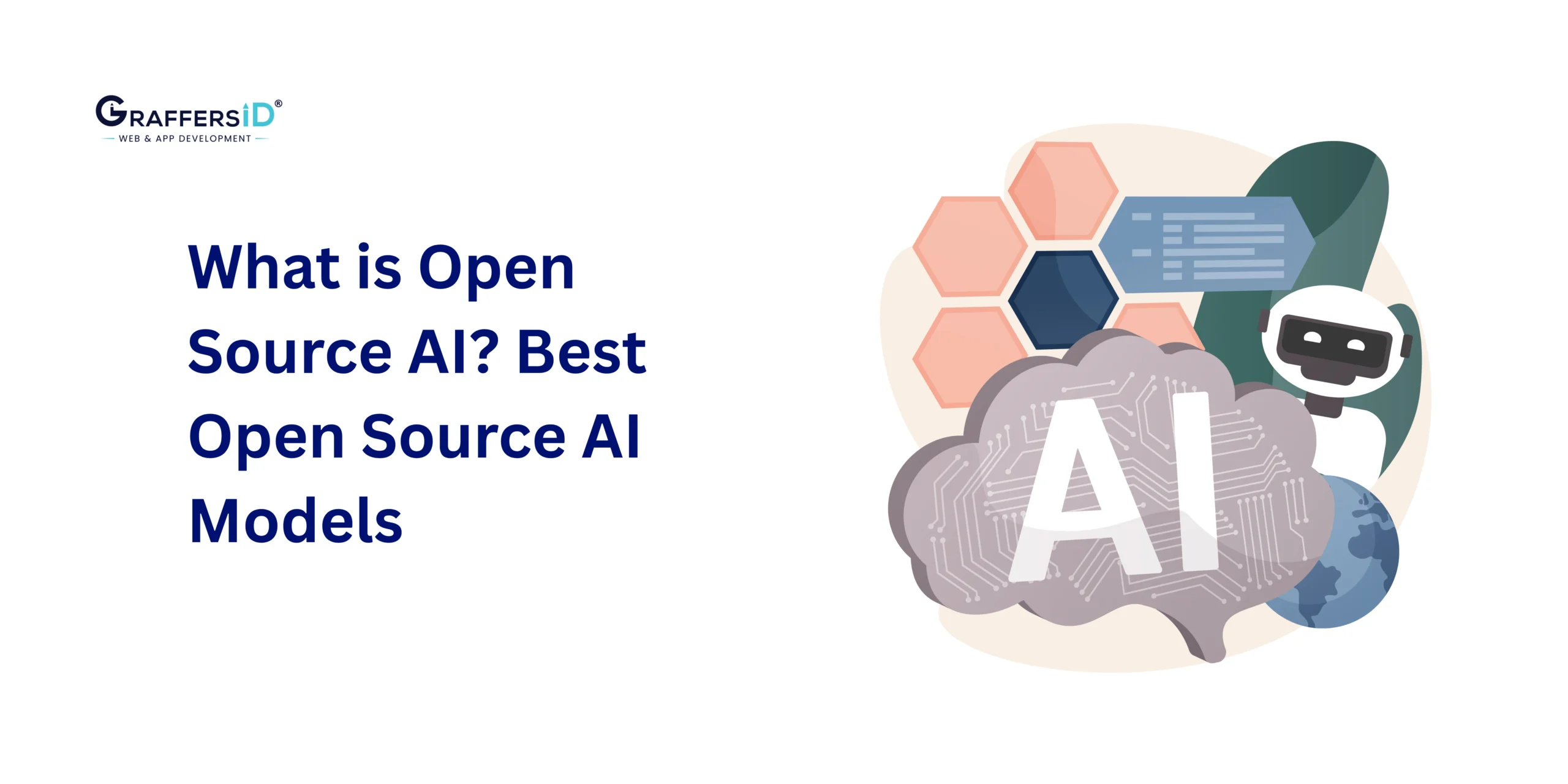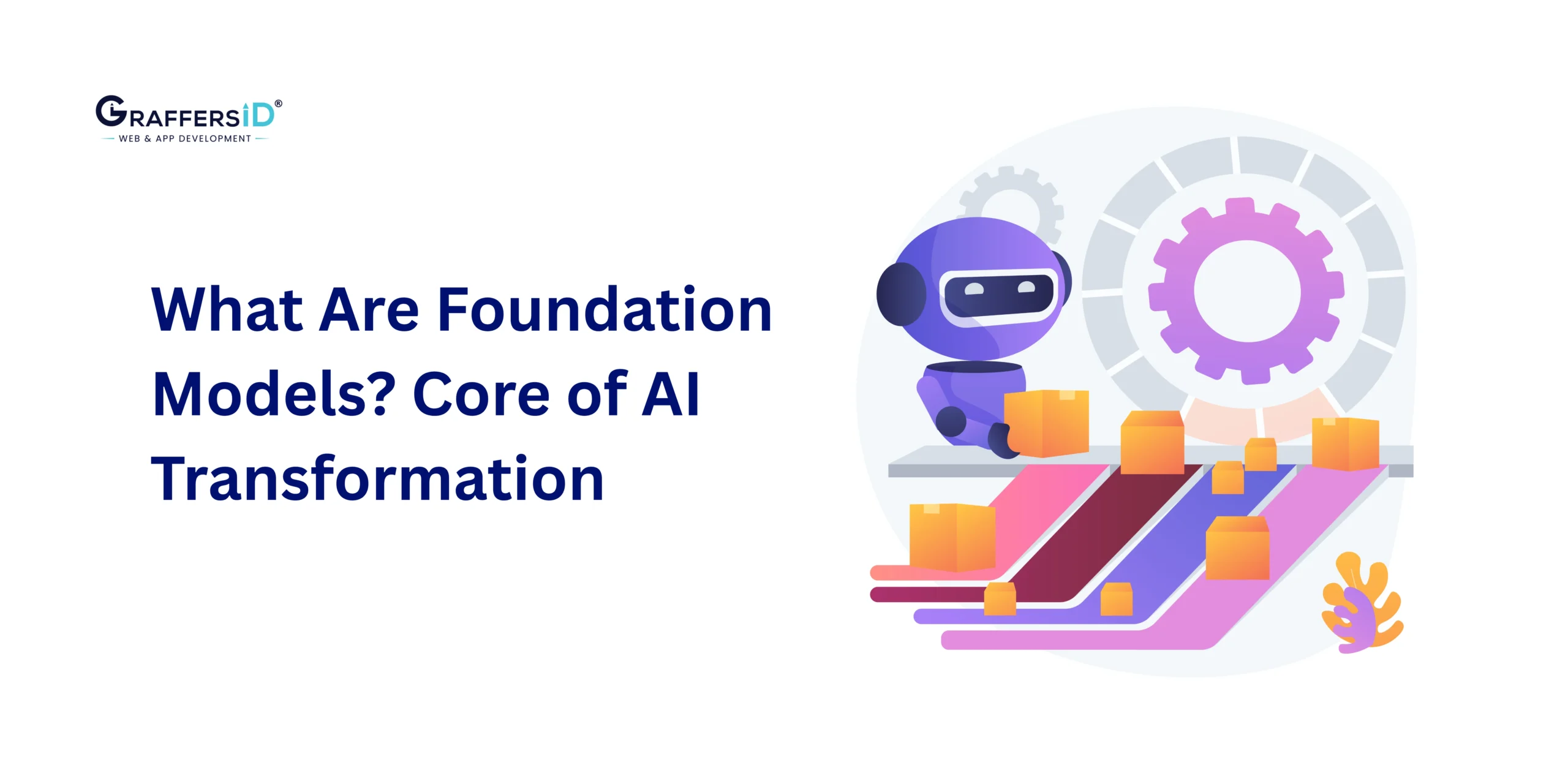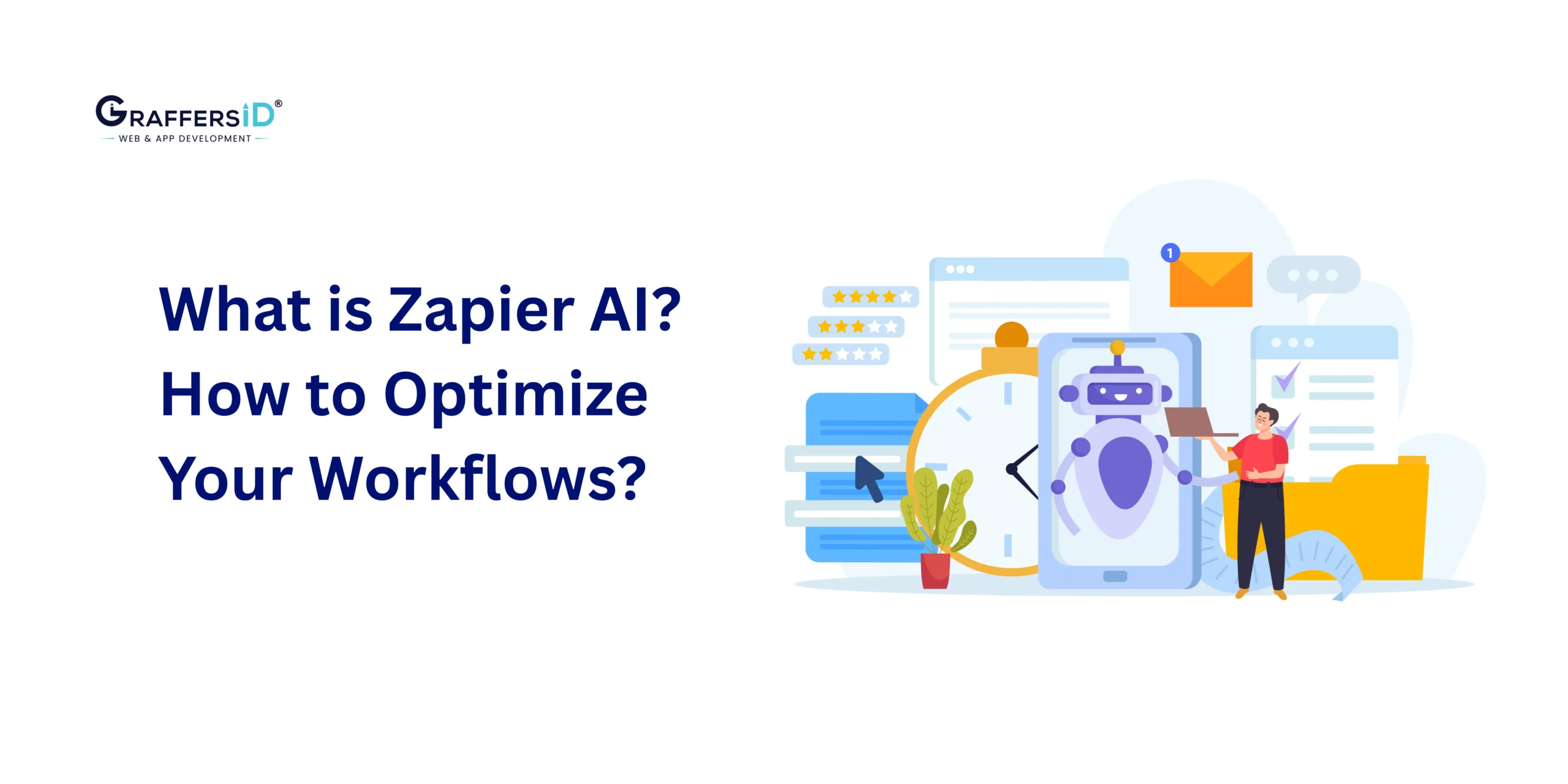In 2026, every digital product, from SaaS platforms to on-demand apps, is expected to be AI-ready, ultra-fast, scalable, and real-time. For CTOs, CEOs, founders, and product teams, the real challenge is choosing a tech stack that accelerates development without locking you into rigid architectures or slowing down innovation.
That’s exactly why the MERN Stack (MongoDB, Express.js, React.js, Node.js) continues to dominate modern web development.
But MERN in 2026 is not the same MERN teams used in 2019 or even 2022. It has evolved deeply integrated with AI tools, optimized for serverless deployments, powered by TypeScript, and designed for edge-native performance. Today, MERN delivers faster development cycles, cleaner codebases, and enterprise-grade scalability like never before.
In this 2026 guide, you’ll learn:
-
What the modern MERN stack really looks like in 2026
-
Updated MERN architecture with AI-powered workflows
-
Benefits & limitations every tech leader must know
-
Best use cases where MERN outperforms other stacks
-
Future trends shaping MERN development beyond 2026
-
Why enterprises still trust MERN for mission-critical apps
Whether you’re building a high-growth startup or scaling an enterprise platform, this guide will show you how MERN enables faster builds, smarter automation, and future-ready digital products in 2026.
What is the MERN Stack?
The MERN Stack is a full-stack JavaScript ecosystem that combines MongoDB, Express.js, React.js, and Node.js to build fast, scalable, and modern web applications.
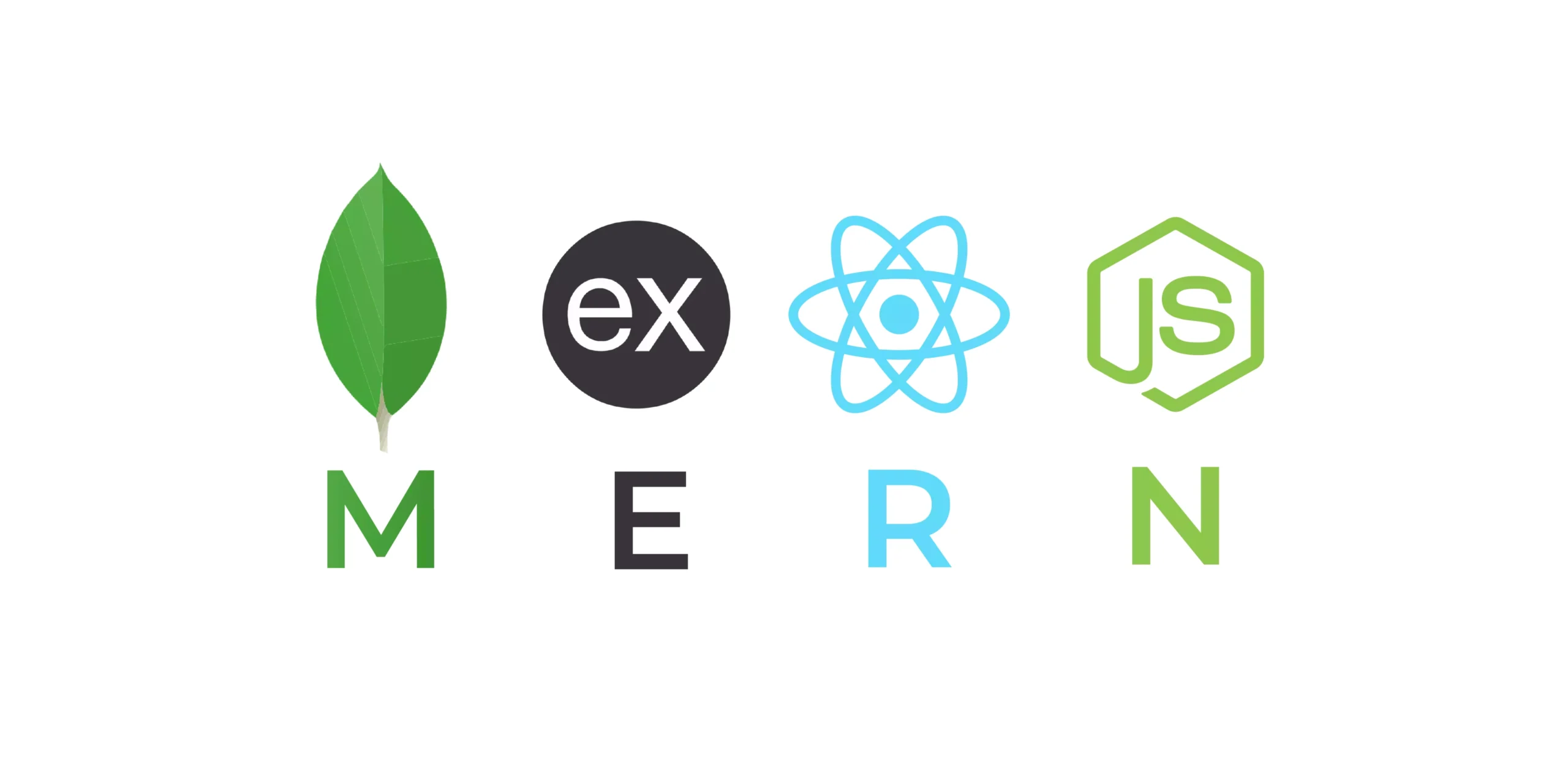
-
MongoDB: A flexible NoSQL database that stores data in a JSON-like structure for high scalability.
-
Express.js: A lightweight backend framework designed for fast API development.
-
React.js: A JavaScript library that powers interactive, component-based user interfaces with excellent performance.
-
Node.js: A runtime environment that executes JavaScript code on the server side, supporting high-speed, event-driven applications.
MERN is widely adopted for AI-enabled applications, real-time dashboards, enterprise-grade platforms, rapid MVPs, and serverless-first deployments, owing to its unified JavaScript workflow and modern scalability.
Key Components of MERN Stack
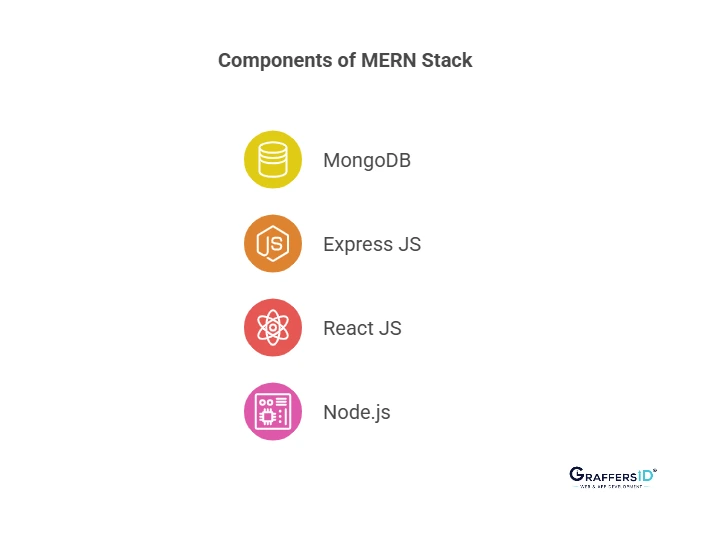
1. MongoDB (Now Powered by Atlas AI Search in 2026)
MongoDB continues to be the top NoSQL choice for MERN developers due to its flexible document structure and horizontal scalability. In 2026, MongoDB goes beyond storage, offering built-in AI capabilities and global edge-ready performance.
What’s New in MongoDB in 2026?
-
Vector Search & AI Querying: MongoDB Atlas Search now supports vector embeddings for personalization, recommendations, and semantic search.
-
Serverless Database Hosting: MongoDB Atlas serverless instances automatically scale based on load.
-
Real-Time Change Streams: Ideal for notifications, dashboards, and collaborative apps.
These enhancements make MongoDB one of the fastest and smartest databases for AI-ready MERN applications.
2. Express.js (Modern API Gateway Layer for MERN)
Express.js remains the backend foundation for routing, middleware handling, and API response management. In 2026, it has evolved into a lightweight yet powerful API gateway layer for modern applications.
Modern Express.js Use Cases
-
GraphQL Integration: Commonly paired with Apollo Server for flexible data fetching.
-
AI-Driven Middleware: Tools now automate request validation, authentication, logging, and input sanitization using AI.
-
Serverless API Functions: Express logic is often deployed on AWS Lambda, Vercel Functions, or Cloudflare Workers for auto-scaling performance.
Express is still preferred for its simplicity, massive ecosystem, and compatibility with modern API patterns.
3. React.js (Client + Server Components for 2026 Web Apps)
React has evolved dramatically with the rise of React Server Components, AI-assisted UI creation, and major performance updates in React 19. It continues to dominate the front-end layer of MERN applications.
Why React Leads in 2026?
-
React Server Components: Reduce bundle size and improve load speed by processing UI logic on the server.
-
AI-Assisted UI Development: Tools like GitHub Copilot, Vercel AI, and Figma AI speed up component generation and styling.
-
Performance Features: Built-in Suspense, concurrent mode, and streaming SSR deliver near-instant UI rendering.
-
SEO Boost with Next.js: Most MERN apps now use Next.js for SEO-friendly and server-side rendering.
React is now both a client-side and server-side powerhouse, making it perfect for modern AI-driven apps.
4. Node.js (Now a TypeScript-First Runtime in 2026)
Node.js continues to handle backend logic, high-concurrency APIs, and data processing in MERN applications. But by 2026, TypeScript has become the default language, replacing pure JavaScript in most enterprise teams.
What’s New in Node.js in 2026?
-
Fastify Framework: A high-speed alternative to Express for mission-critical APIs.
-
Prisma ORM for MongoDB: Allows cleaner data models and safer database operations.
-
Worker Threads: Used for CPU-heavy tasks like video processing, AI inference, and large computations.
-
Smooth AI Integrations: Node now connects easily with OpenAI, Anthropic, Hugging Face, and LangChain APIs.
Node.js in 2026 is optimized for reliability, speed, and AI workflow automation.
Read More: MEAN Stack vs. MERN Stack: Which is Better Technology Stack?
MERN Stack Architecture Breakdown (2026)
A modern MERN application in 2026 is built to support AI-first workflows, serverless execution, and high-performance frontends. Here’s a clear, updated breakdown of how each layer works together:

1. React Frontend (Client Components + Server Components)
React in 2026 uses a hybrid structure: Client Components for interactivity and Server Components for faster page loads and SEO performance. This makes MERN apps more scalable and search-friendly.
Key functions:
-
UI Rendering: React renders fast, interactive, component-driven interfaces using virtual DOM and server components.
-
Component-Based Architecture: Modular components allow quick updates, reusability, and AI-assisted code generation.
-
Data Fetching: React fetches data using REST, GraphQL, or server actions, enabling real-time UI updates and low-latency rendering.
2. Express.js + Node.js Backend (API, Logic & AI Integration Layer)
The backend handles business logic, API routing, authentication, and AI integrations. In 2026, serverless Node functions are common for scaling automatically with demand.
Core responsibilities:
-
Business Logic & APIs: Handles all API requests, routes, middleware, and CRUD operations.
-
Authentication & Security: Supports JWT, OAuth, SSO, and zero-trust access policies for enterprise-grade apps.
-
AI Model Integration: Connects to LLMs, embeddings, vector databases, and custom AI agents via REST or GraphQL.
-
Serverless Execution: API endpoints run on AWS Lambda, Vercel, or Cloud Functions for auto-scaling and low maintenance.
3. MongoDB Database Layer (Documents, Vectors & Real-Time Data)
MongoDB remains the core database in MERN, but in 2026, it has evolved to support vector search, AI-ready indexing, and global real-time operations.
Key functions:
-
Flexible Data Storage: Stores structured and unstructured data such as users, orders, products, posts, logs, and events.
-
Vector Search & AI Features: MongoDB Atlas supports embeddings and semantic search for AI-driven features.
-
Real-Time Sync: Change streams enable real-time updates for chats, dashboards, tracking systems, and analytics.
Data Flow:
React sends API requests → Express routes the request → Node.js executes logic → MongoDB stores or retrieves data → Response flows back to React.
Top Benefits of Using the MERN Stack in 2026
There are many benefits related to the MERN stack. Some of the most important benefits of creating web applications using the MERN stack are as follows:
1. Unified JavaScript and TypeScript Across the Stack: In 2026, MERN supports full-stack development with both JavaScript and TypeScript, allowing teams to maintain consistent data structures and cleaner codebases. This unified language environment improves productivity, reduces context switching, and makes onboarding faster for developers.
2. AI-Driven Development Experience: Modern MERN workflows integrate AI tools like GitHub Copilot, automated test generators, and LLM-powered documentation systems. MongoDB’s vector search also enables built-in personalization and faster feature development, making MERN an AI-first development ecosystem.
3. Scalable and Real-Time Application Performance: Node.js’s event-driven architecture combined with MongoDB’s sharding provides high concurrency, instant data streaming, and real-time updates. With serverless and edge deployments, MERN apps scale effortlessly, supporting millions of users without performance bottlenecks.
4. React for High-Performance Frontend Experiences: React continues to power modern interfaces with fast rendering, reusable components, and smooth interactivity. When paired with Next.js, MERN applications get SEO-ready pages, improved loading speeds, and best-in-class user experience for dashboards and enterprise apps.
5. Large Ecosystem and Easy Developer Availability: The MERN stack benefits from one of the strongest developer communities worldwide, along with abundant open-source tools and libraries. This makes it easy for companies to hire skilled developers, scale teams quickly, and reduce overall development costs.
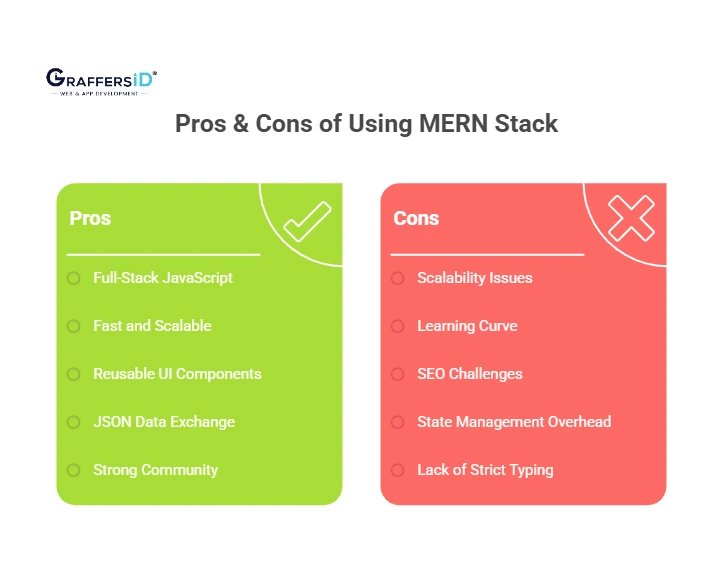
Limitations of the MERN Stack in 2026
Even with all of its benefits, the MERN stack has some drawbacks that need to be taken into account before using it for a project:
1. CPU-Heavy Tasks Still Remain a Challenge: Even in 2026, Node.js isn’t ideal for CPU-intensive workloads like video processing, AI model execution, or large batch operations. These tasks can block the event loop and slow down performance unless offloaded to microservices or worker threads.
2. SEO Limitations Without Server-Side Rendering: Traditional React SPAs still face discoverability and indexing issues when not paired with frameworks like Next.js. Search engines and AI Overviews prefer server-rendered or pre-rendered pages for better crawlability and richer snippets.
3. Complex State Management in Large Applications: While tools like Zustand, Redux Toolkit, and Jotai have improved developer workflows, managing state in large-scale MERN apps still requires strict architectural discipline. Poor state handling can impact app performance and maintainability.
4. Requires Strong JavaScript and TypeScript Expertise: Modern MERN development in 2026 relies heavily on advanced JavaScript, TypeScript, async patterns, and NoSQL design. Teams without strong JS/TS foundations may struggle to maintain scalable and clean codebases.
When Should You Use the MERN Stack in 2026?
Choosing the MERN stack makes sense when your product requires fast development, high performance, and the flexibility to scale with modern AI-driven demands. Here are the situations where MERN stands out in 2026:

1. When You Need Fast and Cost-Effective MVP Development
MERN is ideal for startups and lean teams who need to launch quickly without overcomplicating the tech stack. It’s an all-JavaScript ecosystem that reduces development time, accelerates prototyping, and helps teams validate ideas faster.
2. When Your Application Requires Real-Time Functionality
If you’re building real-time dashboards, chat applications, live tracking systems, or collaborative tools, MERN’s non-blocking Node.js architecture and efficient data exchange deliver smooth, instant updates at scale.
3. When You Need a Highly Interactive and Responsive UI
React’s component-driven structure makes it perfect for dynamic SaaS dashboards, analytics tools, and modern web apps that require fast rendering and smooth user interactions. It enables fluid, app-like experiences on the web.
4. When Your Product Includes AI-Driven or Personalized Features
MERN integrates easily with AI models, AI copilots, recommendation engines, and chatbot frameworks. React frontends can dynamically personalize content, while Node.js can handle AI API calls efficiently.
5. When You Are Building Scalable Microservices or Serverless Applications
MERN works exceptionally well with modern infrastructure such as AWS Lambda, Vercel, Netlify, and Google Cloud. You can deploy microservices, scale individual components independently, and take advantage of edge compute for better performance.
Read More: Future Of MERN Stack Development
Best Real-World Use Cases of the MERN Stack in 2026
Here are some examples of products and use cases where MERN has excelled:

1. AI-Driven eCommerce Websites
MERN powers modern eCommerce platforms with AI-based product recommendations, fast product rendering, and smooth checkout flows. React ensures lightning-fast page loads, while Node and MongoDB handle large inventories and real-time cart updates without lag.
2. On-Demand Delivery, Rental & Mobility Apps
Apps that rely on live tracking, instant updates, and high user traffic work smoothly on MERN. With Node.js handling real-time events and MongoDB managing geo-data at scale, businesses can deliver smooth order tracking and rider/customer interactions.
3. Social Media Platforms and Messaging Apps
MERN is ideal for building real-time chat systems, activity feeds, and notification engines. Combined with AI-powered content moderation, React + Node deliver high-speed interactions, while MongoDB stores posts, messages, and user activity efficiently.
4. SaaS Dashboards and Enterprise Portals
SaaS platforms need fast dashboards, secure APIs, and real-time analytics, exactly what MERN excels at. React handles complex UI charts, AI-based insights, and activity logs, while Node and MongoDB support multi-tenant scalability.
5. Portfolio, Content & Blogging Platforms
Using MERN with frameworks like Next.js delivers SEO-friendly, high-performance websites for blogs and portfolios. It offers fast rendering, smooth CMS integrations, and easy scalability for creators, startups, and businesses.
Future Trends Shaping MERN Stack Development in 2026 & Beyond
The MERN stack remains a popular choice in 2026, but it is rapidly developing. For your digital solutions to become more effective, scalable, and future-ready in 2026 and beyond, the following are the most significant and forward-looking trends influencing MERN stack development:
1. TypeScript Becomes the Default for MERN
By 2026, TypeScript has become the standard for professional MERN development because it improves code quality, reduces runtime bugs, and scales more reliably. Teams use TS for stronger type safety, cleaner architecture, and better long-term maintainability.
2. AI-Powered Coding and Automation
MERN teams now rely heavily on AI coding assistants like GitHub Copilot, Cursor AI, and AnythingLLM to accelerate development. AI handles boilerplate code, generates API logic, runs automated reviews, and creates deploy previews, enabling developers to focus on core features and innovation.
3. Serverless and Edge Deployments Become the Norm
Platforms such as Vercel, Netlify, and AWS Lambda are now the primary choice for deploying MERN applications. Serverless and edge architectures reduce infrastructure management, improve global performance, and allow apps to scale instantly without complex backend setups.
4. GraphQL Replaces REST in Modern MERN Apps
GraphQL is now preferred over REST APIs because it supports flexible queries, reduces over-fetching, and speeds up frontend development. Its tight integration with React and Express enables more efficient communication between UI components and backend data services.
5. AI-Driven Personalization Using MongoDB Vector Search
Enterprises are using MongoDB Vector Search combined with React-based UI customization to deliver hyper-personalized user experiences. This setup allows apps to recommend content, adjust interfaces, and personalize workflows in real time based on user behavior and AI embeddings.
Conclusion: Is MERN Still the Right Choice in 2026?
In 2026, the MERN stack continues to stand out as one of the most future-ready, scalable, and AI-compatible tech ecosystems for building modern web applications.
Its evolution, powered by TypeScript-first development, AI-driven coding workflows, serverless architectures, edge deployments, GraphQL adoption, and intelligent personalization, makes MERN stronger than ever for both startups and global enterprises.
For CTOs, CEOs, founders, and product leaders, MERN remains a smart choice when you need:
-
Faster development cycles
-
High-performance UIs
-
Real-time features
-
AI-ready architectures
-
Flexible, scalable backend APIs
-
Cost-efficient engineering teams
As digital products move toward AI-native experiences, MERN provides the ideal balance of speed, flexibility, and long-term scalability to build next-generation platforms.
Need help building with MERN?
GraffersID helps fast-growing companies hire top MERN developers who specialize in building scalable, high-performance, AI-ready web applications.



